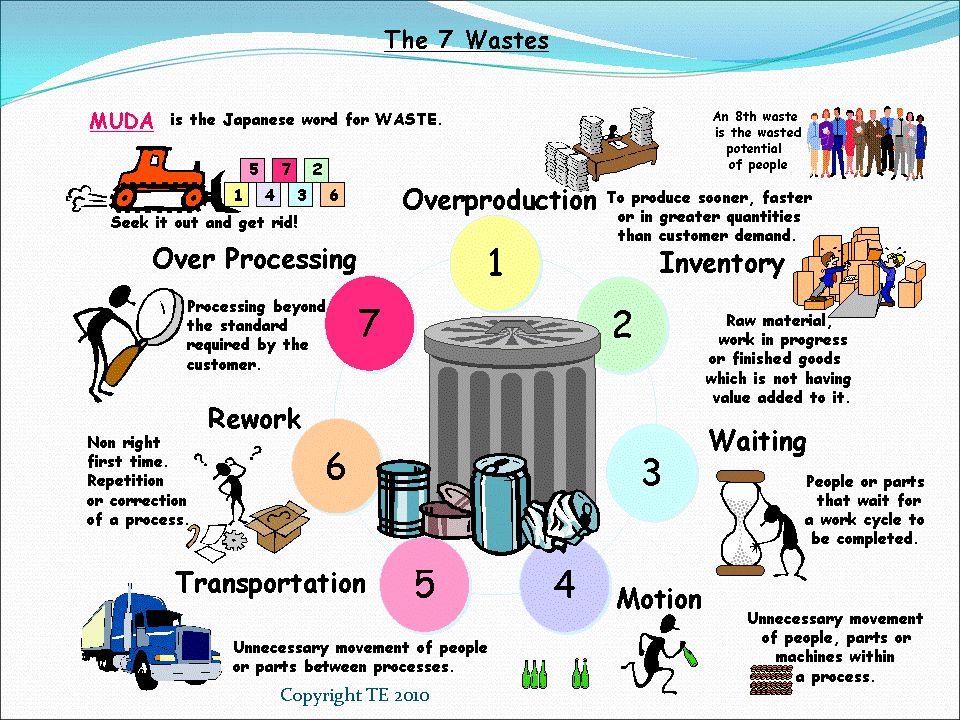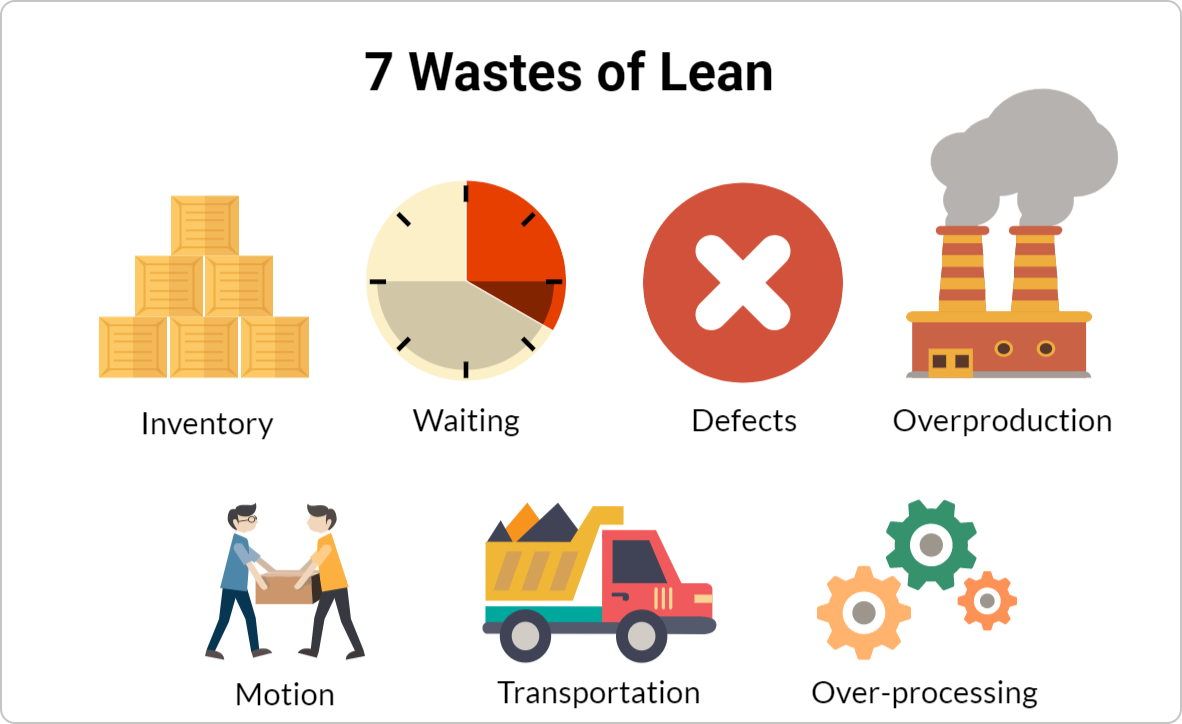In order to remain competitive organizations are continually tasked to reduced inventory while maintaining high service levels to the customer. The exact amount of inventory required to deliver on time consistently is always under debate. The relationship between inventory levels and service levels are complex due to the wide variety of manufacturing processes. Identifying good from the bad inventory is another daunting task but this can be accomplished using Inventory Quality Ratio (IQR) methodology. Based on your material order policies there are service level calculations that can predict the probability of future stock outs. However, these formulas are useless when your processes are out of control.
A system does not process capable when the results aren’t repeatable and have high variation. This includes both manufacturing and planning processes. It is this uncertainty that drives planners to resolve issues by introducing additional inventory into the manufacturing process but the problem lies in one of the 7 Wastes Of Lean Manufacturing.
W. Edwards Deming noted that 80-90 % of the variation in the process is due to system issues. Understanding the process and the drivers of waste are the first most important step in reducing process variation. Planners no longer have the luxury of ignoring the process and covering up problems with excess stock. I recommended every inventory professional strive to become a certified lean practitioner. Identifying the type of waste drivers in a process is one of the first teachings of lean manufacturing.
Here are the 7 Wastes Of Lean Manufacturing
1. Inventory – Ties up cash and hides waste.
2. Defects – All activities relating to defects are wasteful. Activities could include rework, repair, return, and scrap.
3. Waiting – The time in the queue even if it was planned. The time working on a product not required.
4. Over Production – Creates larger unnecessary queues, which mean more waiting. The time spent overproducing is time wasted.
5. Processing – Producing to tighter tolerances than required by the customer. This normally takes more time and resources.
6. Motion – The excessive movement such as walking, twisting or bending within a single location. This adds to process time and many times not ergonomic.
7. Transportation – Moving, inventory, tooling or equipment around during a production process is wasteful.
Below is a list of issues notorious for causing inventory planners to mask the problem with increased inventory.
1. Parts sit in inspection for too long.
2. The queue could be filled with parts not currently required or some products are 100% inspected when only a random sampling is required.
3. Bottlenecks at the critical work centers.
4. Operators are possibly spending too much time searching for tools, gauges and process drawings (Motion). Is it really practical for feeder operations to produce faster than the constraining work center (Over Production)?
5. Scrap and Rework
When faced with a stock out it is instinctive to first blame low inventory levels. We must fight that instinct and look deeper into the process. Adding inventory should be your last option after thoroughly reviewing the 7 Wastes Of Lean Manufacturing to find the root cause. Read these 5 inventory management tips to save your time.



 Start using ZapInventory today
Start using ZapInventory today
